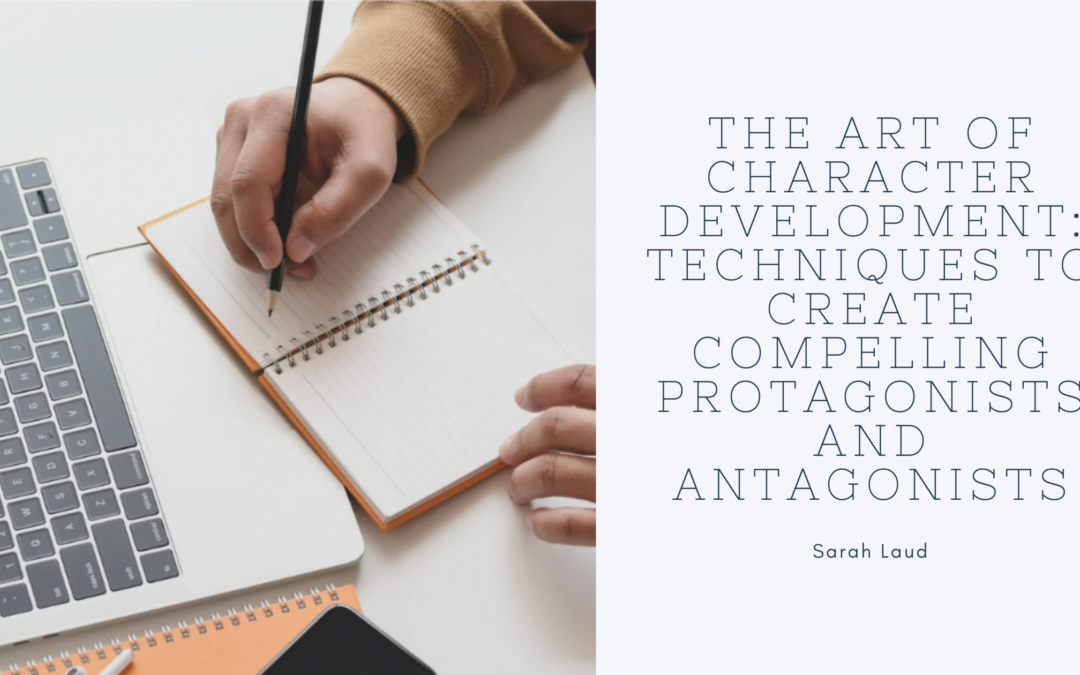The art of character development is a critical component of any compelling narrative. Whether writing a novel, screenplay, or short story, creating well-rounded and believable characters is essential for engaging readers and viewers. In this blog post, we will explore some techniques for developing protagonists and antagonists that will keep your audience hooked.
Protagonists
1. Create a Strong Backstory
A character’s backstory is critical to understanding who they are, why they do what they do, and what motivates them. A compelling protagonist will have a rich, complex, and believable backstory. This backstory can be revealed through dialogue, flashbacks, or internal monologue. It should provide insight into the character’s past experiences and how they have shaped their present-day actions and decisions.
2. Develop Strengths and Flaws
A well-rounded protagonist will have both strengths and flaws. These traits will make the character more relatable and human and will help the audience connect with them on a deeper level. Whether it’s a physical strength, a special skill, or a particular personality trait, the protagonist’s strengths should be relevant to the story and contribute to their ability to overcome obstacles. Conversely, the protagonist’s flaws should create conflict and present challenges they must overcome throughout the story.
3. Create Clear Goals
The protagonist’s goals are the driving force behind the narrative. These goals should be clear, specific, and achievable, creating a sense of urgency and tension that propels the story forward. The protagonist’s goals should also be related to the story’s central conflict and directly reflect their values, beliefs, and motivations.
Antagonists
4. Give Them a Motive
A well-written antagonist should not simply be evil for the sake of being evil. They should have a clear motive that drives their actions and decisions, even if it opposes the protagonist’s goals. This motive can be rooted in past trauma, a sense of injustice, or a desire for power, but it should be a clear and compelling reason for why the antagonist behaves the way they do.
5. Develop Complex Personalities
The best antagonists are those who are complex and multifaceted. They should not simply be one-dimensional villains but rather fully developed characters with their own set of strengths and flaws. By creating a fully developed antagonist, the audience can better understand their motivations and be more invested in the story’s central conflict.
6. Create a Sense of Empathy
While the audience may not agree with the antagonist’s actions, they should be able to understand and empathize with their perspective. This can be achieved by revealing the antagonist’s backstory, motivations, and emotional state. By creating a sense of empathy, the audience is forced to confront the moral complexities of the story and can gain a deeper appreciation for the narrative’s central conflict.
In conclusion, developing compelling protagonists and antagonists is essential to creating a story that resonates with the audience. By creating strong backstories, developing strengths and flaws, and establishing clear goals for the protagonist, you can create a character that readers and viewers will root for. Similarly, you can create a compelling and challenging character by giving the antagonist a clear motive, developing complex personalities, and creating a sense of empathy. By mastering the art of character development, you can create a story that will keep your audience engaged from beginning to end.

